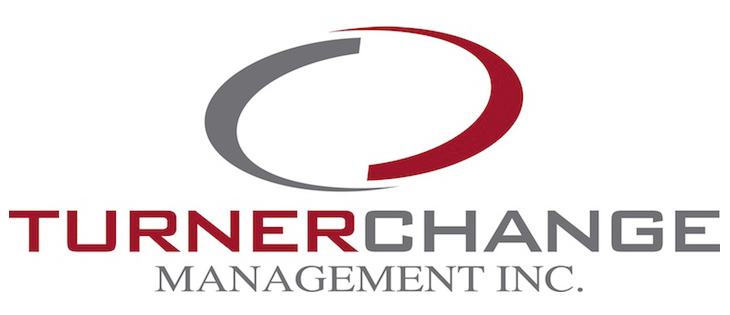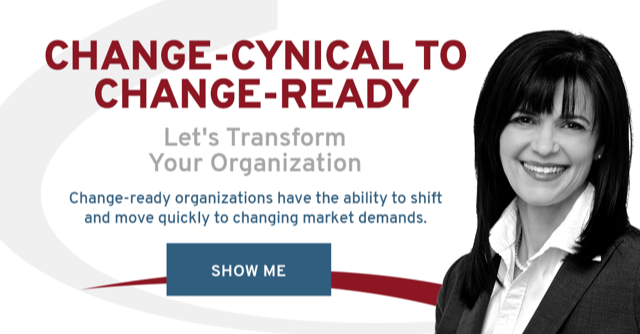When I worked in health promotion, my mantra was, “make the healthy choice the easy choice.” The mantra reminded me how our environment influences and shapes behaviour.
So, when I was helping clients to let go of undesired behaviour, we almost always started with their environment. If the goal was to help someone become a non-smoker, we started creating a smoke-free home and car. Then they designated only one spot outside the smoke-free zones where they would smoke. These shifts in their environment made becoming a non-smoker easier.
It’s similar when it comes to organizational change. If you want people to achieve the intended outcome and adopt new activities, your corporate environment must align with the desired behaviours and actions.
Aligning the environment is rule number nine in our 10 Simple Rules course. Participants are often surprised when they discover how much impact it has on enabling and sustaining the new activities. They are also amazed at how tiny shifts make a big difference.
Why Aligning the Environment is Critical to Your Success
Every change, regardless of how well planned, brings uncertainty. We must let go of what we know and move toward something new.
Creating and aligning the environment reduces the stress and uncertainty of change. One reason is that it provides cues to support the desired action, which reduces the pull of the undesired activity. That’s why shifting the environment helps smokers become non-smokers.
The smoke-free environment removed the visual cues, which helped to reduce the desire. And because they needed to go outside to their designated spot to smoke, it brought the behaviour into conscious control. Therefore, it gave them the chance to make a different decision.
Your Environment Influences Readiness
One key factor influencing people’s readiness is their belief about the organization’s capability for success. Do I believe the organization can successfully support and accomplish the proposed change? If the answer to this question is no, readiness will be reduced.
Readiness is also reduced if people believe the organizational structures needed to support the change are inflexible.[1]. These can include things like leadership, policies, procedures, compensation, and personnel. The result is the pull of the current state is stronger than the desire to move toward the new state. And people’s efforts are on maintaining the way things are done now.
Leaders often call this lack of readiness resistance. This is not resistance. It is a risk assessment. For the people affected, the risk of venturing into the uncharted waters of change appears too risky relative to the benefits.
That’s another reason creating a smoke-free environment was so powerful. Once the smokers were successful living in a smoke-free environment, they felt more confident. Their believed they could successfully transition to being a non-smoker.
Creating the Environment Begins During Planning
In our work, I share with leaders how to identify and assess three key transition factors that directly impact their success with organizational change. Transition factors are the internal organizational, and personal conditions that influence whether people move toward or away from something new.
Making time to identify these factors during the planning process enables leaders to prevent resistance to change. It also allows them to create a change management plan that preempts the risks that reduce organizational and people readiness.
One of the transition factors is the reinforcing factors. Reinforcing factors are the conditions, beliefs, and structures that must be in place to sustain the new activities and behaviours. I advocate leaders explore and identify what will be needed to reinforce and maintain the desired behaviours by asking one key question: What will be needed within our environment and organizational structures to encourage, support and maintain the desired activities?
Make the Desired Activities the Easy Activities
Like my health promotion mantra, when you create an environment that makes the desired activities easier, it becomes harder to maintain the status quo.
References
[1] Eby, L., Adams, D., Russell, J., & Gaby, S. (2000). Perceptions of organizational readiness for change: Factors related to employees’ reactions to the implementation of a team-based selling. Human Relations, 53(3), 419. Retrieved from http://journals.sagepub.com/doi/pdf/10.1177/0018726700533006



